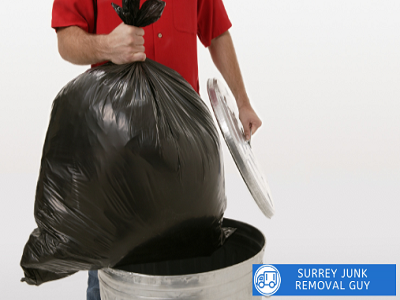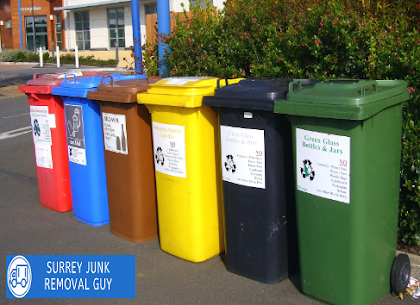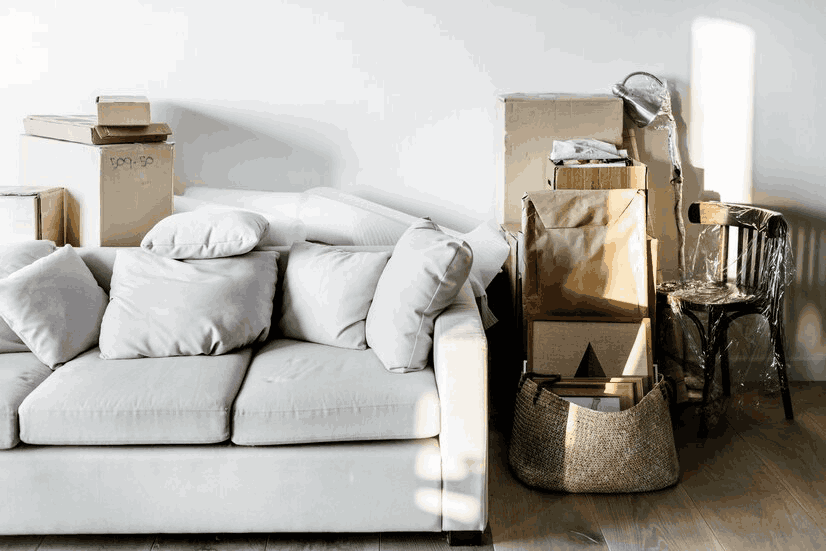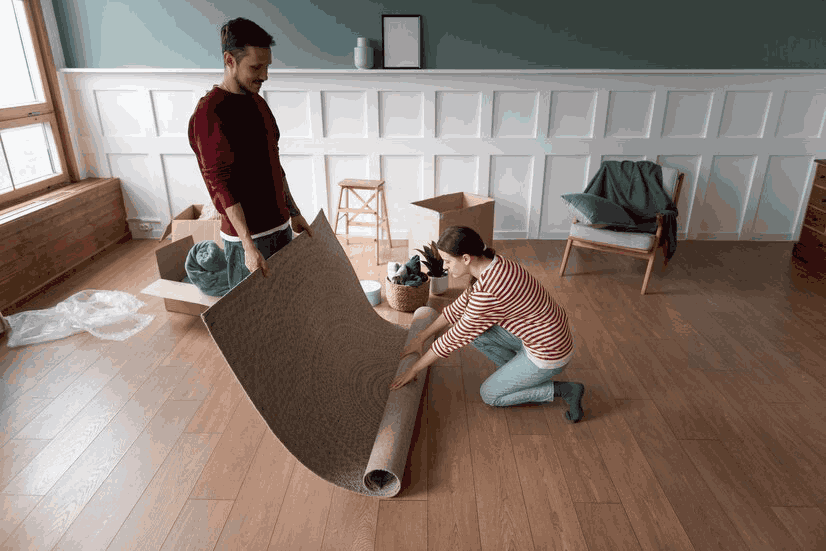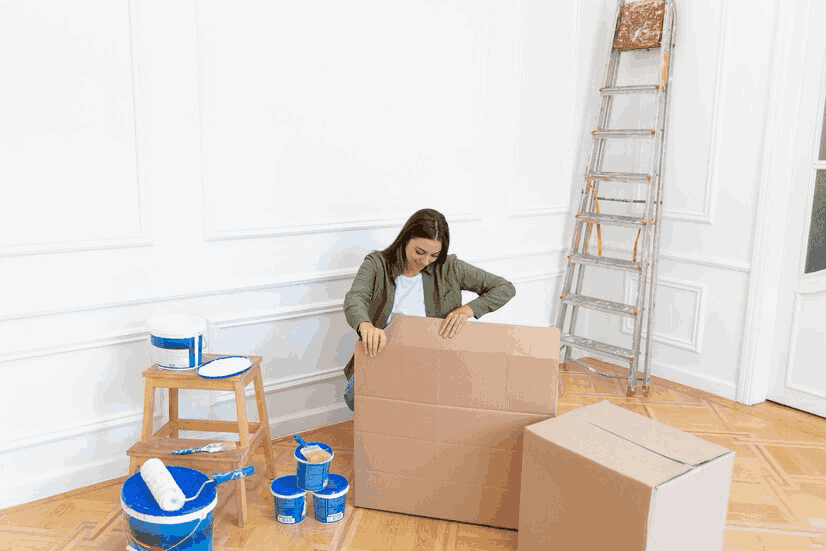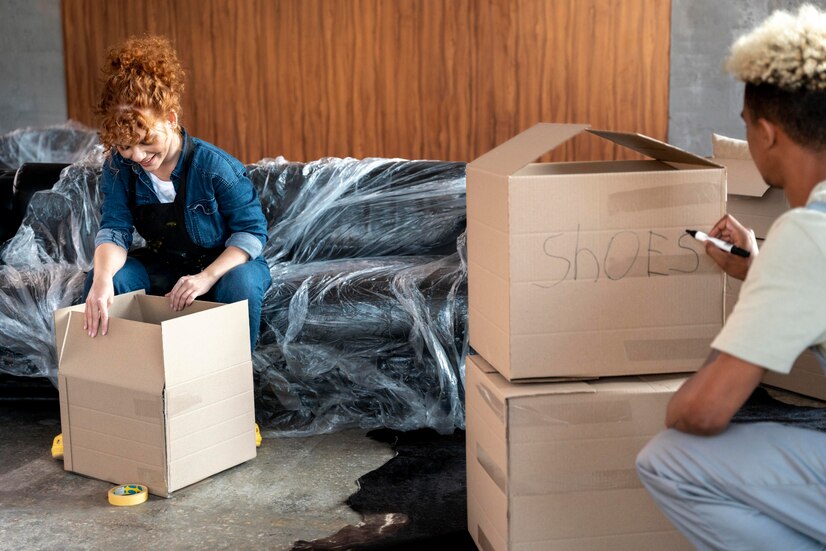Welcome to our guide on junk removal, where we’ll unveil the insider tips and tricks for a hassle-free experience. Whether you’re decluttering your home, renovating your space, or just looking to clear out unwanted items, navigating the world of junk removal can often feel overwhelming. But fear not, because we’ve got you covered! In this comprehensive guide, we’ll walk you through everything you need to know to streamline the junk removal process. From identifying what items can be disposed of safely to choosing the right removal service for your needs, we’ll provide expert advice to help you tackle any junk-related challenge with ease. Say goodbye to stress and hello to a clutter-free environment as we delve into the fundamentals of junk removal. Whether you’re a seasoned pro or a first-time declutter, our tips and tricks will ensure that your journey towards a cleaner, more organized space is smooth sailing. Let’s dive in!
Declutter Your Life: Top Strategies for Efficient Junk Removal
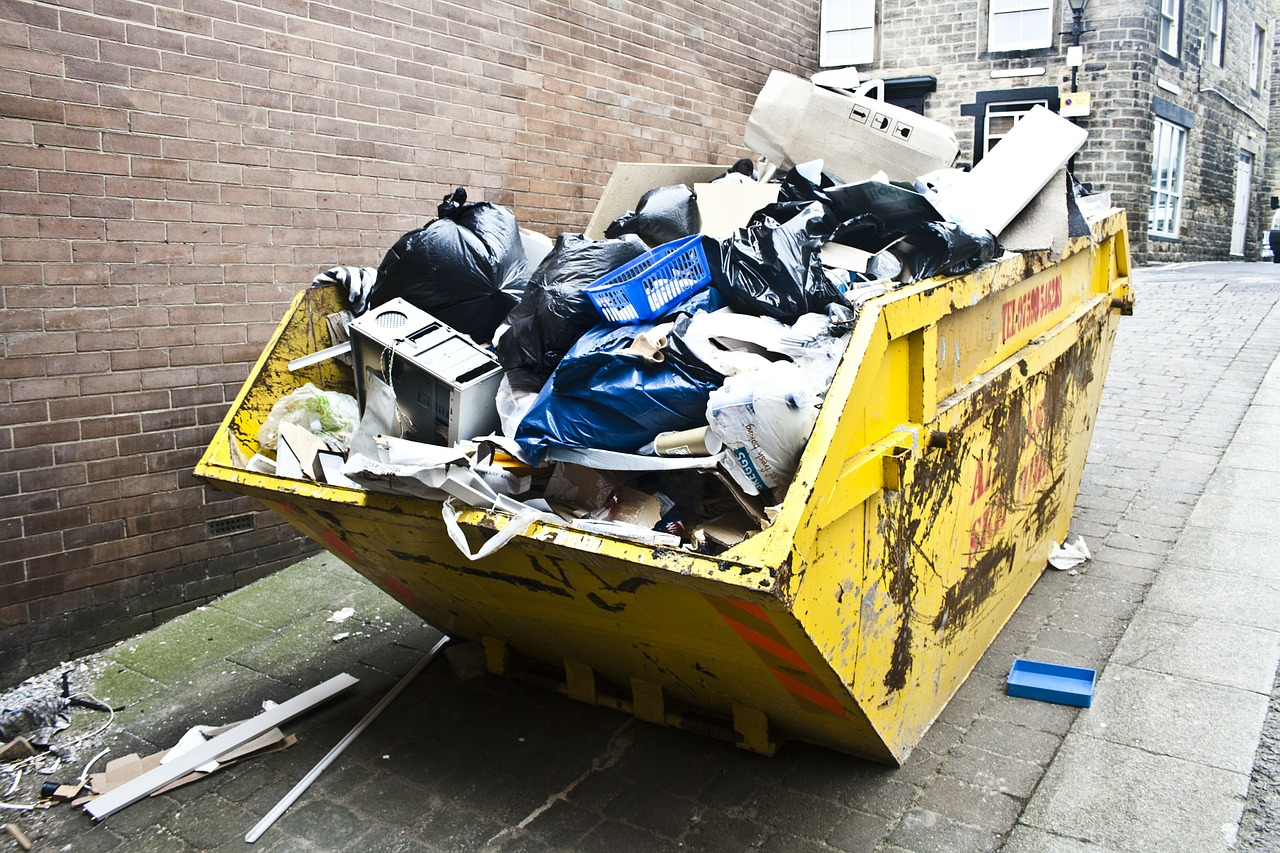
Are you tired of feeling overwhelmed by clutter? Do you find yourself constantly tripping over items you no longer need or use? It’s time to take control of your space and declutter your life! In this comprehensive guide, we’ll explore the top strategies for efficient junk removal, helping you reclaim your home and create a peaceful environment. Say goodbye to clutter-induced stress and hello to a space that fosters clarity and serenity.
Assess Your Space
Before diving into the decluttering process, take a step back and assess your space. Walk through each room and identify areas that are overrun with clutter. Make note of items that are no longer useful or bring you joy. This initial assessment will provide a roadmap for your decluttering journey.
Set Clear Goals
Establish clear goals for your decluttering efforts. Whether you aim to create a more functional living space or simply reduce the amount of stuff you own, setting specific objectives will help keep you focused and motivated throughout the process. Write down your goals and refer to them regularly as you work through each room.
Start Small
Decluttering can feel like a daunting task, especially if you have a lot of stuff to sort through. To avoid feeling overwhelmed, start small. Begin with one room or even just one area within a room. Tackle manageable chunks of clutter at a time, and gradually work your way through your entire space.
Use the “Keep, Donate, Discard” Method
As you sort through your belongings, use the “keep, donate, discard” method to make decisions about each item. Ask yourself if the item is truly necessary or if it brings you joy. If not, consider donating it to someone in need or discarding it responsibly. Be ruthless in your decision-making to prevent clutter from creeping back into your space.
Invest in Storage Solutions
Once you’ve decluttered your space, invest in storage solutions to help keep things organized. Choose storage bins, baskets, and shelving units that suit your needs and complement your decor. Utilize vertical space to maximize storage potential and keep clutter at bay.
Streamline Your Move: Junk Removal Tips for Moving Day
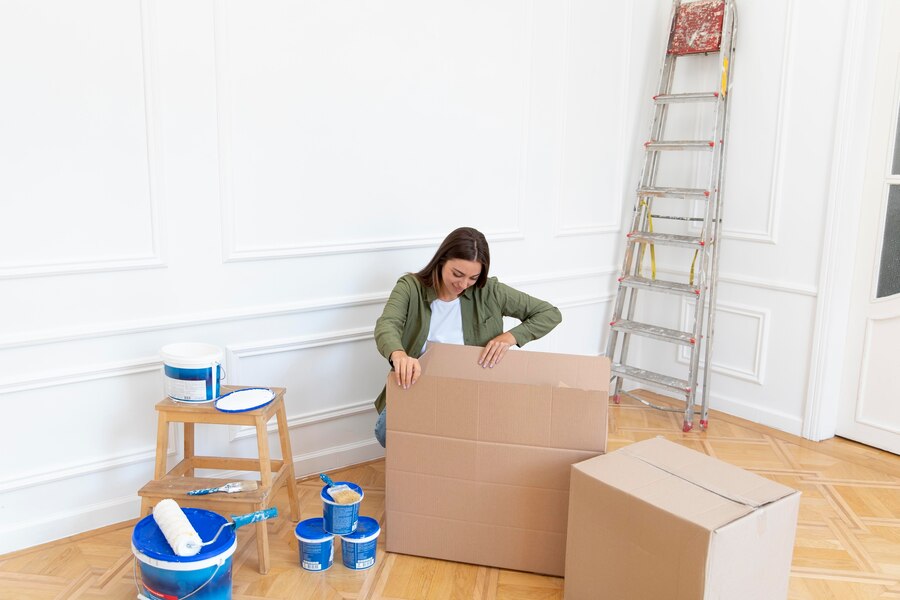
Moving day is often accompanied by a mix of excitement and stress as you prepare to embark on a new chapter in your life. However, the process can become even more overwhelming if you’re burdened by unnecessary clutter. In this guide, we’ll explore how to streamline your move by incorporating effective junk removal tips. By decluttering before you move, you’ll not only lighten your load but also make the transition to your new home smoother and more enjoyable.
Start Early
The key to successful junk removal on moving day is to start early. Don’t wait until the last minute to begin decluttering your home. Begin several weeks or even months before your move date to give yourself ample time to sort through your belongings and decide what to keep, donate, or discard.
Take Inventory
Before you start decluttering, take inventory of your belongings. Create a list of items you want to keep, items you no longer need or use, and items you’re unsure about. This will help guide your decluttering efforts and ensure that nothing important gets overlooked in the process.
Declutter Room by Room
To avoid feeling overwhelmed, tackle your decluttering efforts one room at a time. Start with the rooms that accumulate the most clutter, such as the garage, attic, or basement, and work your way through each space systematically. This approach will help you stay focused and organized throughout the process.
Use the One-Year Rule
As you declutter, use the one-year rule to help you decide what to keep and what to discard. If you haven’t used or worn an item in the past year, chances are you won’t miss it when you move. Be honest with yourself about which items hold value and which ones are simply taking up space.
Dispose of Hazardous Materials Properly
When decluttering on moving day, it’s important to dispose of hazardous materials properly. This includes items such as old paint cans, batteries, electronics, and cleaning products. Research local disposal options or contact your waste management company for guidance on how to safely dispose of these items.
Maximize Your Space: Organization Tips After Junk Removal
Congratulations on completing your junk removal journey! Now that you’ve cleared out the clutter, it’s time to maximize your space and keep things organized. In this guide, we’ll share essential organization tips to help you make the most of your newly decluttered home.
- Assess Your Storage Needs: Take stock of your remaining belongings and assess your storage needs. Invest in storage solutions such as bins, shelves, and organizers to keep items neatly stored and easily accessible.
- Utilize Vertical Space: Make use of vertical space to maximize storage potential. Install shelves, hooks, and racks on walls to free up floor space and keep clutter at bay.
- Implement a System: Establish an organizational system that works for you. Whether it’s color-coding, labeling, or categorizing items by type, consistency is key to maintaining a tidy space.
- Declutter Regularly: Make decluttering a regular habit to prevent accumulation of unnecessary items. Set aside time periodically to assess your belongings and purge items you no longer need or use.
Conclusion
Navigating the process of junk removal can be made significantly smoother with the right tips and tricks at hand. From decluttering strategies to efficient disposal methods, the expertise offered by Surrey Junk Removal Guy in Surrey, British Columbia, Canada, provides invaluable assistance for a stress-free experience. By utilizing their services, individuals can streamline the process, ensuring that unwanted items are efficiently and responsibly managed. With their dedicated support and commitment to customer satisfaction, Surrey Junk Removal Guy stands as a reliable partner in simplifying the task of clearing out clutter and maintaining a tidy environment. Contact them at (604) 900-3672 to embark on your journey towards a clutter-free space today.


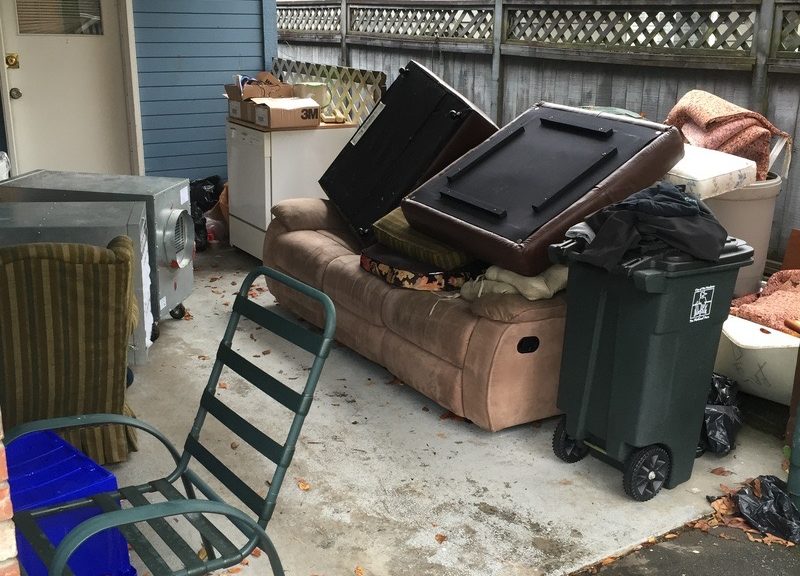
 Tackling clutter and junk in your home can feel overwhelming, but with the right plan in place, it’s entirely manageable. Whether you’re downsizing, decluttering,
Tackling clutter and junk in your home can feel overwhelming, but with the right plan in place, it’s entirely manageable. Whether you’re downsizing, decluttering, 
